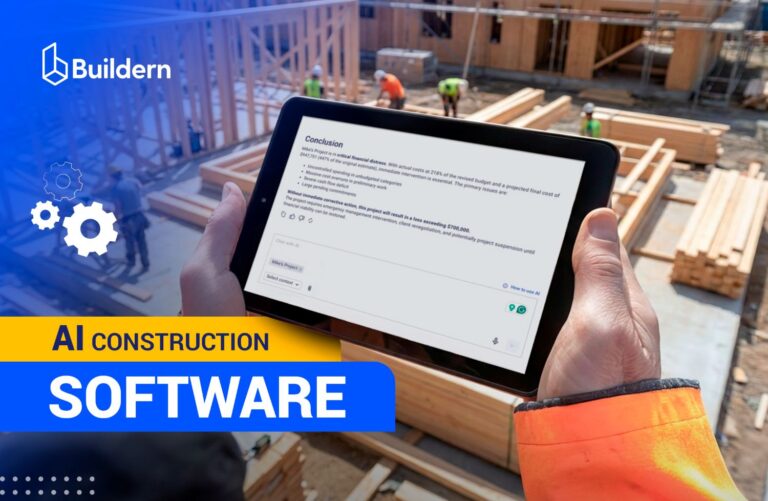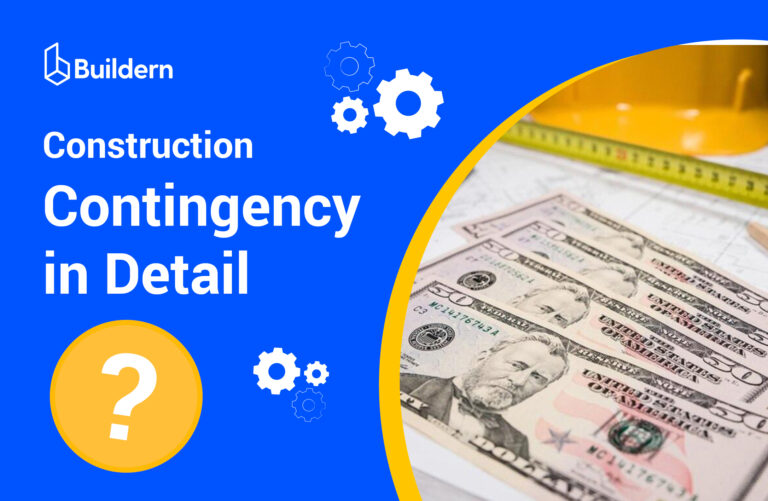What Is a General Contractor in Construction? Main Responsibilities and Tasks

Whatever construction project you start, there is always one person holding everything together: the general contractor (GC).
Regardless of the type of construction, the owner usually hires a person to handle the job. There are small and big jobs to make a project alive, from a blueprint to reality, and it’s the GC who does it all.
A manager who plans, solves problems, hires construction workers, and orders materials. It’s a very modest description of everything that a GC does.
In my blog article, I will give an overview of who general contractors really are, what responsibilities they take on, and what it takes to become one.
Table of Contents
- Who is a General Contractor in Construction?
- Types of General Contractors
- Licensing of a General Contractor
- Key Skills and Competences of a General Contractor
- Contractor’s Involvement at Every Phase
- Main Challenges Contractors Face
- Every Successful Project Needs a Strong GC

Who is a General Contractor in Construction?
A project owner hires a general contractor, an individual, or a company to be responsible for the construction process. Thus, every successful project has someone quietly holding all the strings together, and that’s the general contractor.
Imagine a homeowner planning to build a new house. They might not know where to start and who to hire first: framing, roofing, or interior. Meanwhile, a GC brings everyone together, tracks progress, manages subcontractors and budgets, and keeps communication clear until the handover of the project.
Some mix up general contractors with subcontractors, but they serve very different purposes. Subcontractors focus on a single trade, such as electrical work or landscaping, while the general contractor oversees all of them. GCs are at the top of the hierarchy, controlling the processes and overall workflow.
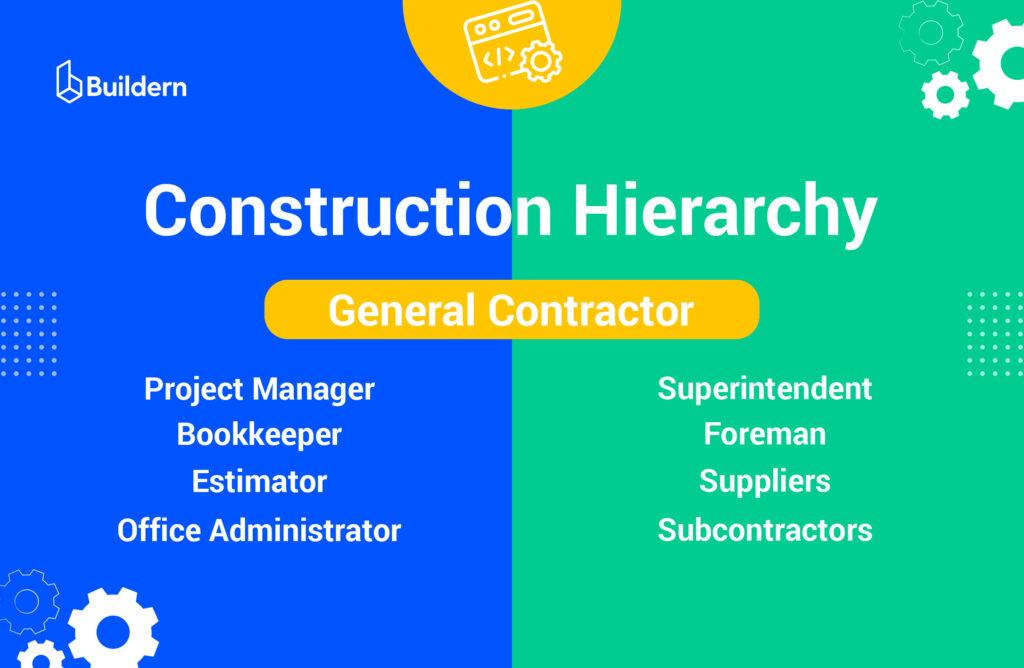
From my perspective, it’s a demanding role that requires more than just technical knowledge. Like any manager, the GC has to have strong leadership and communication skills.
In the project chain, a building firm or an individual builder is the link between the client and the team on the ground. The client shares their goals, and the GC turns those into action.
Many people ask “what a general contractor is in construction” and how their role differs from that of a construction manager. Although this role sounds similar, it isn’t exactly the same.
At the same time, there is also a superintendent’s role who works directly on-site, overseeing the day-to-day activities. If compared with GC, the superintendent manages the operational side, while the contractor is responsible for the business side.
General Contractor vs. Construction Manager
A construction manager, or CM, is a representative of the owner or a consultant, focusing on planning, coordinating, and supervising a project. And, it’s done from a different angle. They’re deeply involved in the technical and administrative side of construction, often acting as an advisor to the client throughout the process.
Besides, a construction manager can also contribute to the design process and can be hired during this stage.
While a GC is responsible for hiring subs and directly managing the work on-site, a construction manager might not hire crews themselves. Instead, they oversee the project schedule and monitor quality. They are more strategic and problem-solving decisions, keeping everything running smoothly from planning to completion.
If a construction manager says, “I’ll help you get this built”, a general contractor says, “I’ll build this.” In short, the latter is directly involved in building, while the first makes sure the build progresses as planned.
Types of General Contractors
The construction industry is a complex area, and a single category cannot define it. Each project requires specialized professionals with expertise in a particular niche, and the same is true when it comes to a general contractor. If I have expertise in custom homes, retail construction is another story. Let me list some professionals who have some industry-specific skills.
Residential general contractors focus on homes, apartments, and other housing projects. They manage everything from small renovations to full-scale new home construction. For example, custom home contractors who specialize in fully customized homes, or remodelers who only handle small projects like kitchen renovation.
Commercial general contractors deal with larger projects such as office buildings, retail spaces, schools, etc. Those are usually more complex than residential jobs (of course, if we do not mean a large residential construction).
Here, a builder has to coordinate multiple subcontractors, meet regulations, and, in some cases, the brand policy of the owners, and manage commercial-grade materials and systems.
Specialty or niche general contractors: Some builders focus on specialized niches such as civil infrastructure projects, roads, bridges, and utilities.
Of course, contractors can do multiple jobs, but a larger scope of projects demands more expertise. Depending on the project, there can be different construction regulations, financing structures, project timelines, and, most importantly, the approval process and client expectations.

Licensing of a General Contractor
Across countries and even within a single country, the licensing requirements for a general contractor vary significantly. Some jurisdictions require exams, insurance, and overall strict licensing, while others have minimal standards.
If I want to run a building business in any particular state, I have to check the exact rules for my location. In the United States, there is no federal license; instead, each state offers its own rules and regulations.
For example, if I am a contractor planning to work in Arizona, I need to apply to the local Registrar of Contractors. To receive the Arizona license, an applicant has to pass one exam covering state rules and a trade-specific exam, submit a background check, a surety bond, and pay a fee.
Luckily, Arizona has a reciprocity agreement signed with other states, and a license is recognized in neighboring states.
In Australia, the requirements also differ by state, and there are also differences when applying as an individual or a company.
Key Skills and Competences of a General Contractor
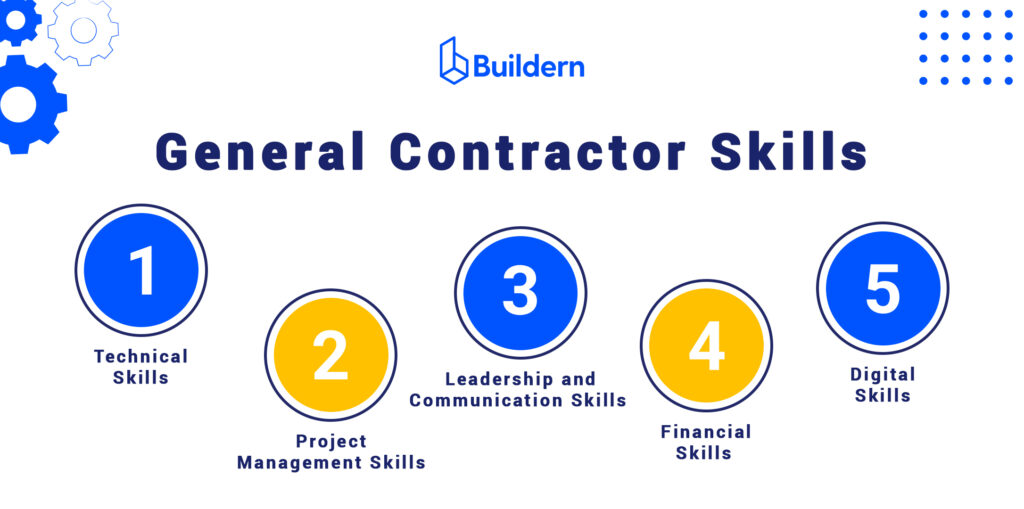
Do you often happen to see that a particular job requires multitasking? It’s exactly the case of a contractor who manages an entire ecosystem of people, processes, and problems. Let’s break down the main skills.
Technical Skills
If I mention all skills, this will be a long and detailed list. Every general contractor must understand construction methods, material management, and project sequencing. Reading blueprints, interpreting specifications, and ensuring compliance with building codes and safety standards are a must.
A solid knowledge of cost estimation, scheduling, and risk management is equally important. Even if a project has an estimator, a general contractor generates an estimate and prepares a proposal for the client.
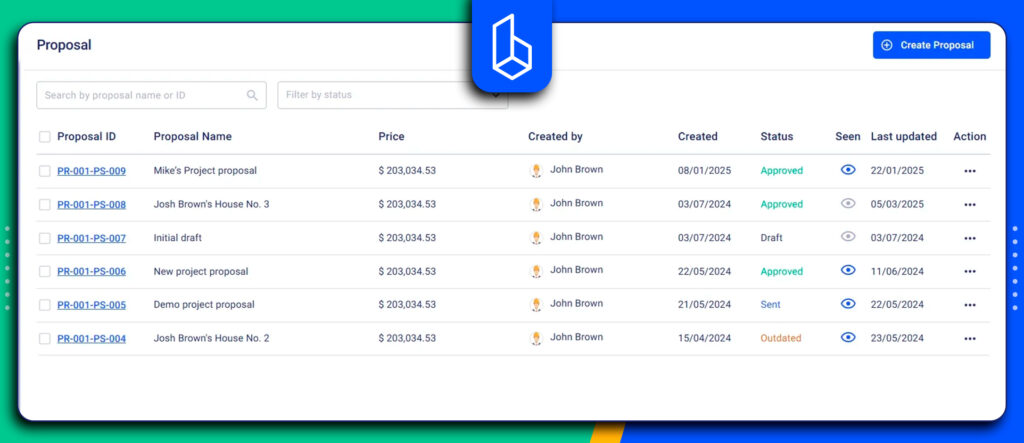
Project Management
Effective contracting relies on careful planning and project management. One of the main challenges here is to create realistic schedules and coordinate office and in-field teams.
In addition, procurement management, which ensures subcontractors arrive when needed and materials are delivered on time, is one of the contractor’s main tasks. It comes together with risk management and reporting to protect the construction process from unforeseen problems and budget overruns.
Financial Skills
Strong financial skills are necessary to keep projects profitable and on budget. No matter if there is a bookkeeper or not, a GC has to deal with accounting, starting from estimating costs to tracking expenses throughout the project.
Contractors must manage cash flow carefully, ensuring that payments to subcontractors and suppliers are timely.
Besides, sometimes it resembles switching roles of an HR and a legal department during one day. Hiring subcontractors and managing financial issues means understanding contracts, change orders, and billing processes.
Communication
All mentioned skills are nothing without taking on the leadership of the project efficiently. As a GC, I need to communicate with diverse teams from architects and engineers to subcontractors and suppliers.
Strong leadership means motivating workers, maintaining a safe, productive environment, and keeping communication simple.
For example, imagine you are dealing with a residential remodel where the client decides to change the kitchen layout mid-project. You have to act quickly and share this with everyone involved to avoid delays and additional costs. By the way, dealing with the frustration of workers is an extra challenge in such a situation.
Digital Skills
Staying competitive in the construction industry means being tech-savvy. Not to deal with manual data entry, a modern general contractor relies on digital tools.
There are many products on the market, and it’s important to find a construction management software that will solve as many operational issues as possible.
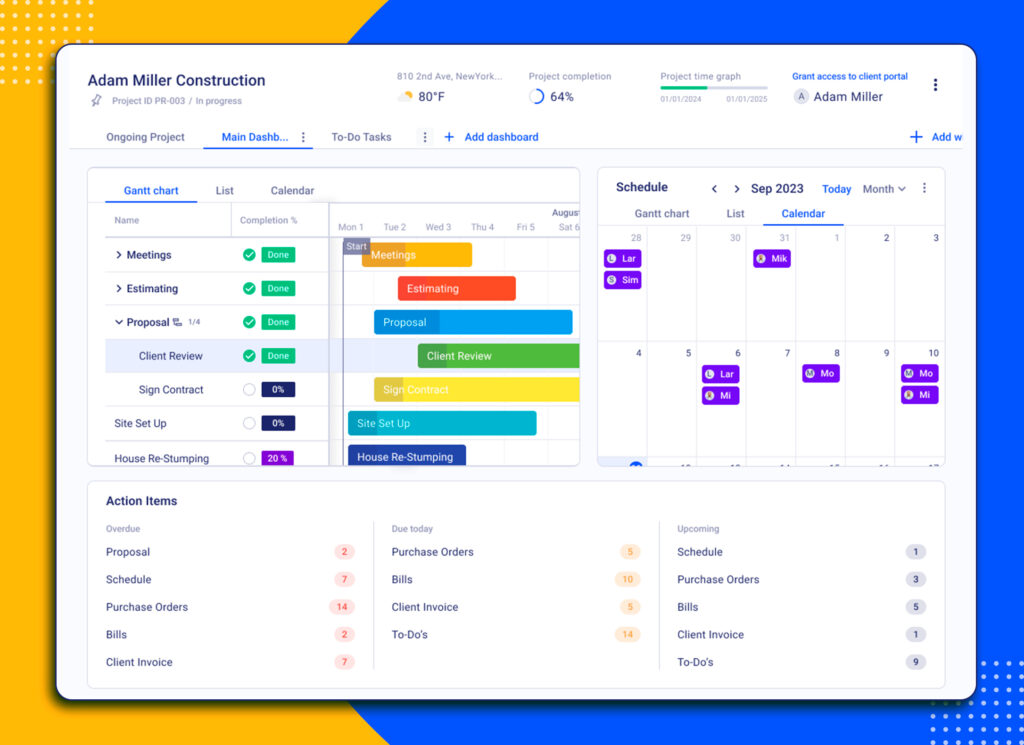
For example, a mobile app is invaluable for managing field work. It allows contractors to track timesheets, log work progress, and communicate with all field workers in real time.
Integration with accounting systems is another key feature. Overall, contractors have different priorities: some may need a robust scheduling and resource allocation tool, while others focus on document management. The right software should adapt to these needs.
Contractor’s Involvement at Every Phase
A number one rule for a general contractor is to stay involved during the entire project. Constant control and following details are a regular part of the job. Let me break down the main phases of the contractor’s work.
Pre-Construction Phase
It’s a crucial stage that GC should pay much attention to. It all starts with doing math long before building. Working with architects and engineers on takeoffs and projecting materials, labor, and equipment with formulas and calculations.
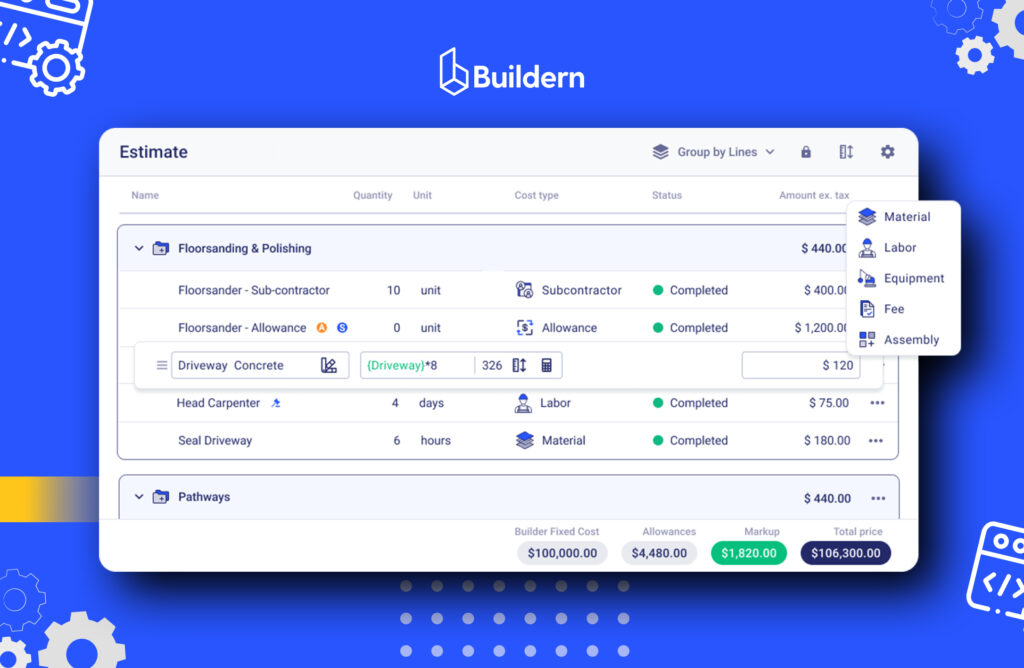
Preparing bids and contracts comes next. I invite subcontractors to submit pricing, then assemble those figures into a proposal and a legally binding agreement.
GC can work not alone but with a project manager when measuring the costs and quantity of materials and labor costs. Although projects differ, it’s always better to have a template so as not to spend too much time generating proposals from scratch.
Construction Phase
Once preparation is over, GC appears at the site along wth the field workers. It’s time for the project to move from plans on paper to structures in the real world.
When unexpected issues such as delays, material shortages, or design adjustments appear, it’s obvious who is accountable. Supervising daily site operations is one of the GC’s most visible responsibilities. Construction is a 24/7 process with thousands of minor details. The homeowner decided to make changes, the vendor ran out of the necessary paint, and a subcontractor failed to reach the site because the car was broken. It’s a daily routine and I have to take care of it.
Equally important is quality control. The GC alone or jointly with an inspection team (in the case of a large project) monitors every stage of work.
Construction teams vary depending on project size and complexity. Small renovations may see a handful of people covering multiple roles. Large commercial projects rely on layers of management, foremen, and specialized trades.
Post-Construction Phase
Even after the project is over and the paint dries, my work is not completely over. The post-construction phase is the time for reporting and handover.
Conducting final walkthroughs is the first step. Together with the client and relevant stakeholders, the contractor inspects every detail. Addressing these promptly ensures nothing is overlooked and will not cause any misunderstanding in the future.
Ensuring specialty contractors are paid and managing payment issues is also on me. Finally, summing up results is about maths. How profitable was the project? What lessons can be applied to future builds? Asking these questions is essential, and you’re in a good position if you can answer them clearly.
Main Challenges Contractors Face
After seeing the range of skills and competencies we have, it will take a separate blog to list all the challenges that the GC may face. Here are the most common ones:
Labor and Material Challenges
Labor shortages and subcontractor reliability are constant concerns, as finding skilled workers for the average salaries is not easy.
Fluctuating material costs and supply chain disruptions can make budgeting unpredictable.
Financial and Regulatory Issues
Managing cash flow is a delicate balancing act. Contractors often need to pay subcontractors and suppliers upfront or on short payment terms. Meanwhile, they are waiting weeks or even months for client payments, for example, through progress billing cycles. This gap can strain working capital, especially on larger projects.
Navigating permit delays and regulatory complexities adds another layer of difficulty. Each city or region may have unique building codes and inspection requirements.
Together with regulatory issues, contractors must also manage client expectations and scope changes. Even small modifications affect schedules and budgets, so efficient planning here is in focus.
Working Under Pressure
General contractors are constantly working under pressure. Thus, maintaining quality standards becomes even harder when timelines are tight, but at the same time, clients are pushing for speed. There is a temptation to cut corners, but during critical phases it’s important to avoid costly rework.
Keeping Everyone on the Same Page
Maintaining smooth communication between teams is always a challenge. I have to give clear instructions in a constant flow of calls, messages, and updates among subcontractors, project managers, and clients. To address this never-ending flow, digital tools, including QR codes on-site, help minimize stress and misunderstanding.
Every Successful Project Needs a Strong GC
A general contractor usually means combining several roles. One moment, I am an estimator summing up labor and material costs, the next, I am negotiating prices with supplies and vendors. An hour later, I may work as a person hiring subcontractors and doing accounting.
It’s not a job for someone who likes predictability. The construction industry isn’t getting simpler. The only way to manage it is to use construction software management tools to make it smoother.
Every project teaches something new and helps improve skills. Besides, it’s always about working with people and keeping communication clear. You learn a better way to schedule crews or how to handle a difficult conversation with a subcontractor who missed a deadline.
Do I Need a License to Work as a General Contractor?
Yes, in most places. Of course, licensing requirements vary by state or country. They may include passing exams and obtaining insurance. Some jurisdictions have stricter regulations than others. For example, in the United States and Australia, each state sets its own requirements.
What is the Difference Between a GC and a Subcontractor?
The difference lies in responsibility. A general contractor oversees the entire construction project from start to finish. The GC hires subcontractors who, on the other hand, perform specific tasks. For example, they do electrical work, plumbing, roofing, and other trades. They work under the GC’s direction and are responsible only for their particular trade.
How Much Does a General Contractor Make?
The income of a general contractor can vary depending on experience, location, project size, and other factors. According to Glassdoor, in the United States, for instance, a median salary is $86,000 a year, though seasoned professionals running their own companies can make considerably more.
Can a GC work on Both Residential and Commercial Projects?
Technically, maybe. However, most specialize in one area. Residential and commercial construction involve different regulations, financing structures, and construction scopes.

